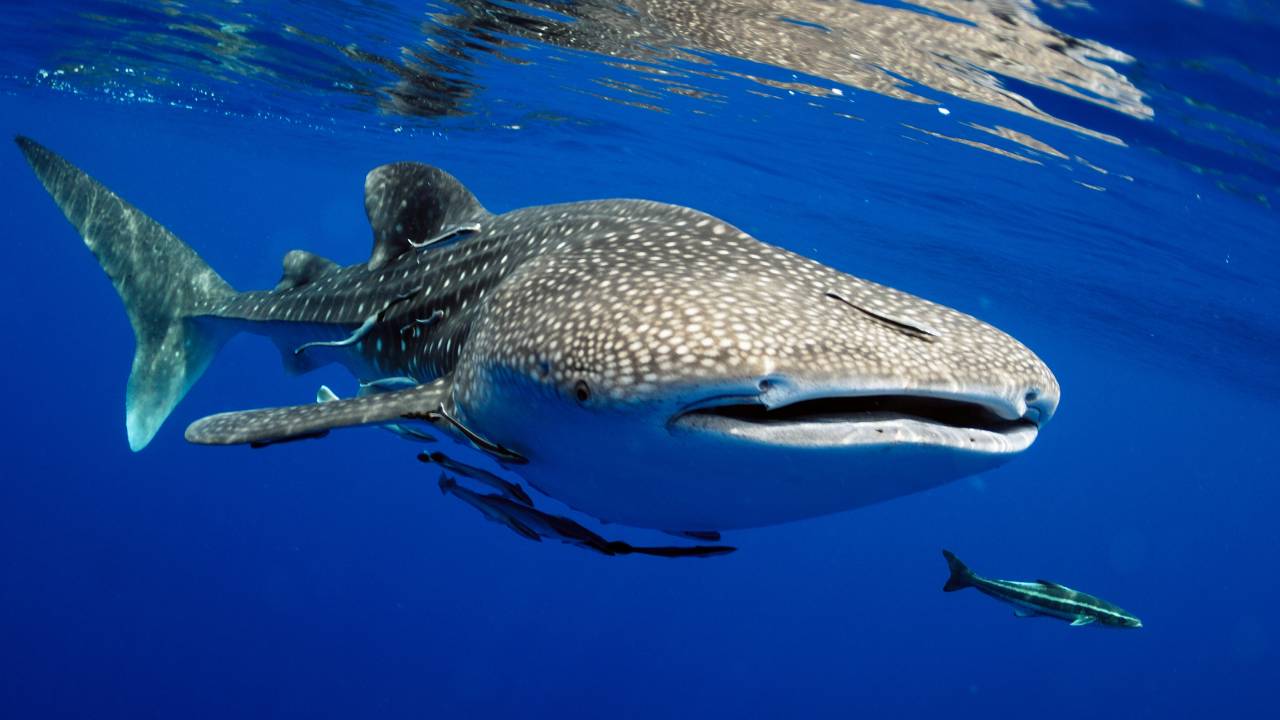Sharp increase in whale shark injuries might be due to boat encounters

Almost one-fifth of the whale sharks in Western Australia’s Ningaloo Reef Marine Park are showing signs of major scarring or fin amputations, with the number of injured animals increasing in recent years.
New research has shown that due to the distinctive scar patterns, it’s being strongly suggested that many of the injuries are due to boat collisions.
Whale shark scientist Emily Lester from the Australian Institute of Marine Science (AIMS) is horrified by the latest findings.
“Some of the major scars were probably bite marks from predators, but most were the marks of blunt trauma, lacerations or amputations arising from encounters with ships, particularly propellers,” Ms Lester said.
To make the finding, Lester and colleagues from AIMS and the Department of Biodiversity, Conservation and Attractions (DBCA) reviewed moving and still images of 913 whale sharks taken by Ningaloo tour boat operators between 2008 and 2013.
Of these, 146 or 16 per cent of the whale sharks suffered from serious injuries.
Due to the whale sharks migration patterns, it is difficult to tell where the injuries happened as whale sharks migrate thousands of kilometres beyond the boundaries of the marine park.
“Mitigating the impact of scarring from vessel collisions is challenging, particularly outside of our jurisdiction of State waters,” said DBCA research scientist and co-author Dr Holly Raudino.
“One possible explanation is that there is an increase in shipping activity throughout the whale sharks’ range – inside Ningaloo and out – and collisions are becoming more frequent,” said Ms Lester.
The data is unable to reveal the amount of fatal ship collisions as the whale shark is “negatively buoyant”, which means that when they die, they sink to the ocean floor.
“A collision between a large ocean-going vessel and a whale shark wouldn’t be felt by the ship, as a result, it’s likely that we’re underestimating the number of mortalities from ship strike, since our study could only document sharks that survived their injuries,” Ms Lester said.
The research is published in the Marine Ecology Progress Series.
